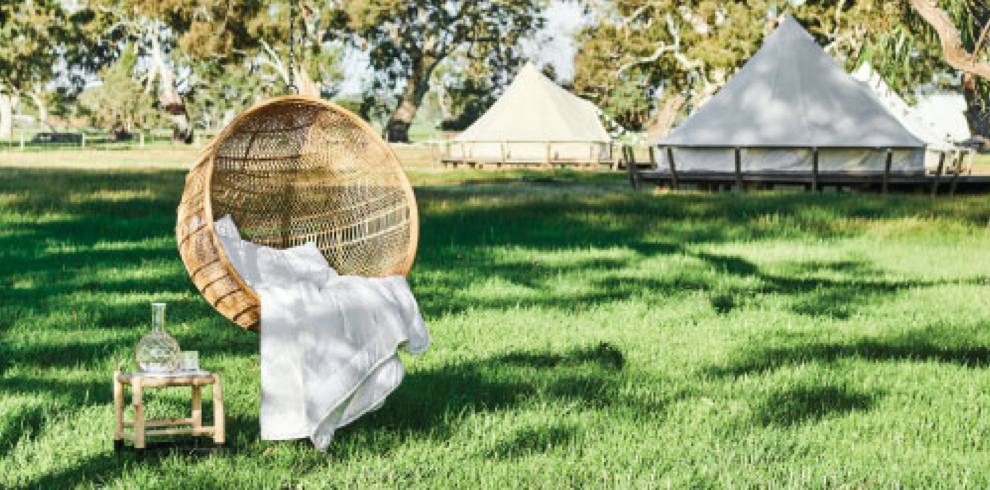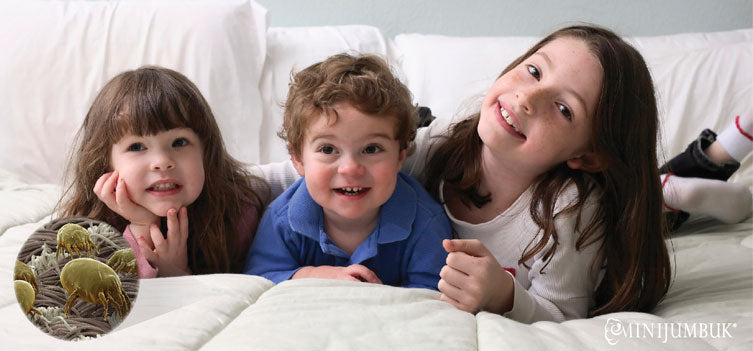What are house dust mites?
House dust mites are arachnids (the same class of animal as spiders). They are very small creatures that live in household dust (often in bedding, furniture, fabrics, soft toys, clothing and carpets) feeding on dander (shed skin scales) that have been decomposed by fungi.
They like temperatures of around 20 to 25-C and relative humidity of around 70 to 80 percent, although they can survive outside these ranges.
A typical house dust mite measures 0.2-0.3 millimetres in length, so you can't see them without magnification. They are not parasites and don't bite or suck blood.
Why are they important?
The house dust mite is the most common allergen source in Australian and New Zealand humid regions.
Most of the allergen comes from their faecal pellets, while their body fragments also contribute. Allergen particles range in size from 5 to 40 microns.
Reducing your exposure
If you have a proven allergy to house dust mites, reducing your exposure is a good idea.
This involves killing house dust mites, removing the allergen they produce and reducing areas where they can live and breed.
Around the house
- Use a damp or electrostatic cloth to dust hard surfaces, including hard floors
- Vacuum carpets and soft furnishings weekly, using a good quality vacuum cleaner
- Reduce indoor humidity
- Clean window coverings (blinds and curtains) regularly.
- Consider leather or vinyl lounges instead of fabric
- As well as being a source of allergens themselves, pets also contribute to dander on which the mites feed.
In the bedroom
Steps to reduce exposure should focus on your bedroom, as a significant exposure to house dust mites is from your bed. Some useful measures are:
- Open the curtains and air your bedding in the sunshine
- Wash sheets and pillow cases weekly in water hotter than 55-C
- Cover your mattress, quilt and pillows with mite-resistant cases, and wash these regularly (a full encasement will be better than a cover)
- Use bedding products treated with an anti-microbial product like Ultra-Fresh.
- Remove soft toys from the bedroom, or wash them weekly in water hotter than 55C
Source Sensitive Choice - www.sensitivechoice.com



